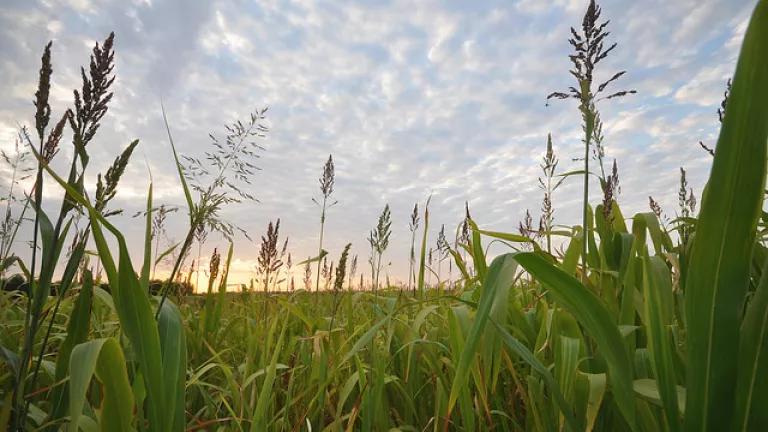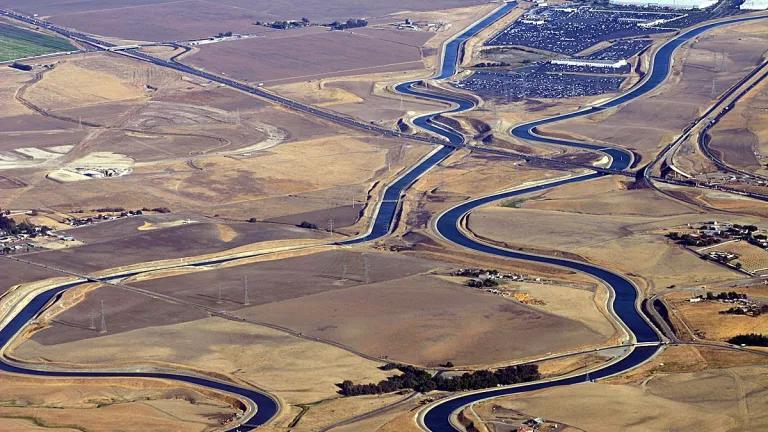Crop Insurance Discount Could Encourage Cover Croppers

For the fourth year in a row, the U.S. Department of Agriculture’s Sustainable Agriculture Research and Education (SARE) division and their partners at the Conservation Technology Information Center (CTIC) have released the results of their annual cover crop survey. Once again, the survey says that cover crops are on the rise and tremendously beneficial. Some of the notable findings include:
- Farmers who used cover crops in 2015 found, on average, a yield boost of 3.4 bushels per acre in corn and 1.5 bushels per acre in soybeans following cover crop use;
- Farmers who have used cover crops for as long as four years experienced an even higher yield boost over time;
- Survey participants are planting more cover crop acres on average, increasing from 298 acres in 2015 to 339 acres in 2016; and
- Two-thirds of farmers surveyed believe that using cover crops can reduce yield variability associated with extreme weather events.
Despite the growing evidence of the benefits of planting cover crops to farmers and the environment, they are far from common practice. At NRDC, we have been researching policy opportunities to encourage higher cover crop adoption – especially through the crop insurance program. The SARE/CTIC survey asked farmers if a discount on their crop insurance premiums would encourage them to plant more cover crops. Two-thirds of farmers agreed that it would. Unfortunately, the crop insurance program is not currently set up to provide such a discount, and in some cases, it has been a hindrance.
For example, in a recent case, an Iowa farmer decided to start growing cover crops and was told by his local crop insurance agent that he might lose his crop insurance if he did – despite the fact that he intended to plant his covers according to guidelines approved by the Risk Management Agency (RMA). When these stories get around, other farmers are discouraged from giving cover crops a try.
It’s not clear why the Federal Crop Insurance Program (FCIP) requires farmers to meet a strict set of guidelines for cover crops when no other agricultural practice is treated with such scrutiny. In general, RMA defers to farmers to determine the best way to manage their farms. Despite RMA’s attempts to improve these guidelines, there is still a stigma about cover crops and crop insurance, and confusion among insurance companies about how to apply the rules. Farmers should have the flexibility to grow cover crops without having to adhere to a strict set of rules, or risk losing their crop insurance.
The crop insurance program was originally intended to be a safety net for farmers and a risk management tool, but it won’t work that way if it isn’t updated to encourage farmers to innovate in the face of the growing risks from extreme weather brought on by climate change. The FCIP is missing an opportunity to help farmers prepare for 21st century challenges.
Read more about NRDC’s work on climate resilient farms here.




